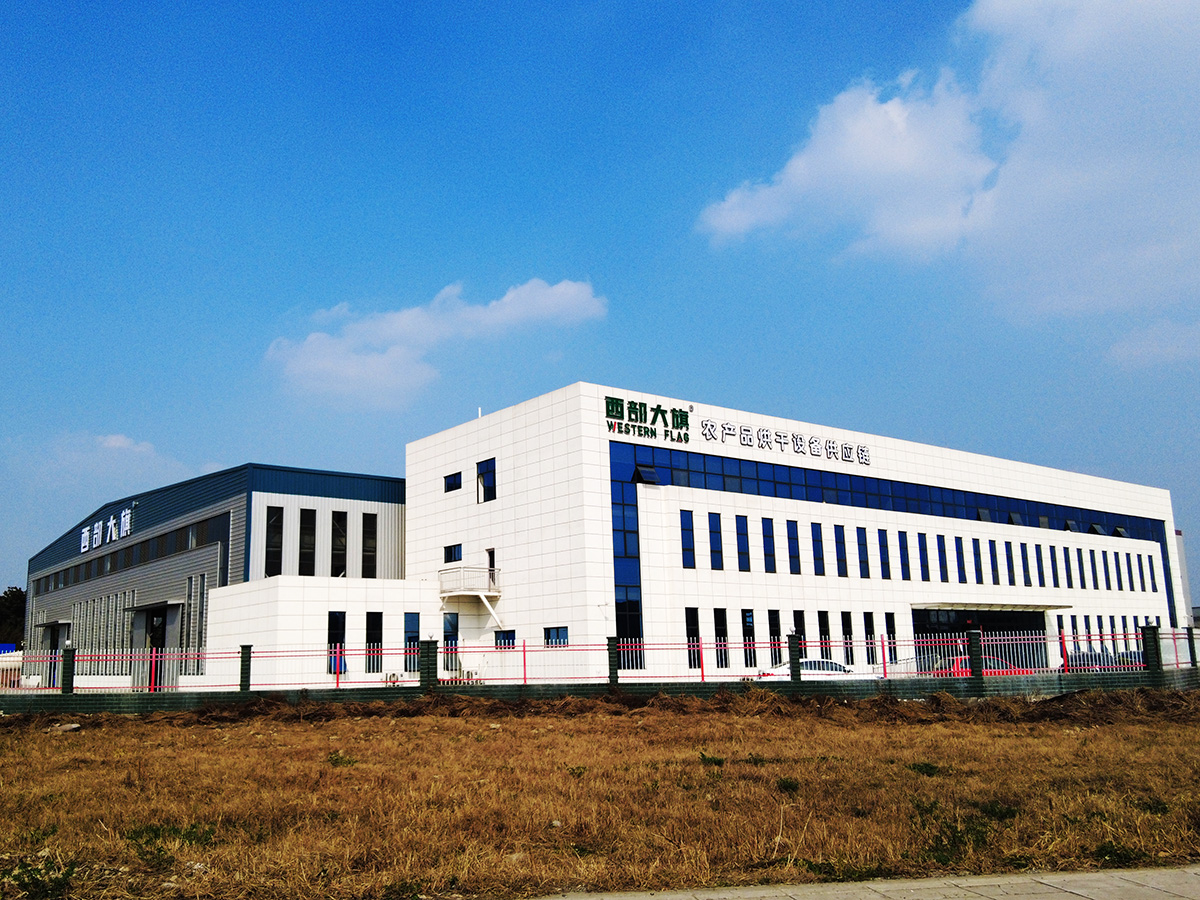
WesternFlag – OEM&ODM service available







What should we do to make an industrial heater or industrial drying room suitable for ourselves?
1.The required drying room size and shape, or the dimensions of the site you have available. If you have a drying room before, you can tell us how big your cart are and how many kgs stuffs on each cart.
2.What stuffs/materials/items need to be dried?
3. What is the weight of fresh/unprocessed stuffs and finished/processed products? Or you can also tell us the water content of fresh an dried stuffs.
4. What is your heat source? Conventional have electricity, steam, natural gas, diesel, biomass pellets, coal, firewood. If it's combustible, is there any environmental policy?
5. According to the above questions, we can design your room size according to our technology. Or we can recommend a drying room for you.
6. We can also calculate corresponding heat source consumption for you reference.
7. If you need to improve your drying process, please tell us what problems you have encountered.
How long does it take to dry a batch of stuffs?
We can offer you drying time range and drying process of each stuff based on our experience at Deyang city. But you must to do trial drying and debugging equipments before production.
Deyang is located in mid-latitude and belongs to the subtropical humid monsoon area. Altitude is approximately 491m. Annual average temperature is 15℃-17℃; January is 5℃-6℃; and July is 25℃. Annual average relative humidity 77%
But there still are many factors influence drying time and drying process:
1. Drying temperature.
2. Humidity domestic and water content of stuff.
3. Hot air speed.
4. Stuffs properties.
5. Shape and thickness of stuff itself.
6. Thickness of material stacked.
7. Your propiaded drying process for make flavor food.
You can imagine that if you dry clothes outdoors, the clothes will dry quickly when the temperature is higher/the humidity is lower/the wind is stronger; of course, silk pants will dry faster than jeans; bedding will dry slower, etc.
But it has limits/ranges, for example, if temperature exceeds 100℃, stuffs will burn; if wind is too strong, stuffs will be blown away and won't dry evenly, etc.

















